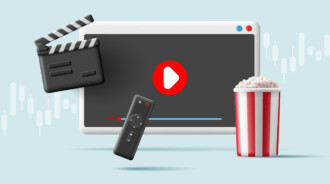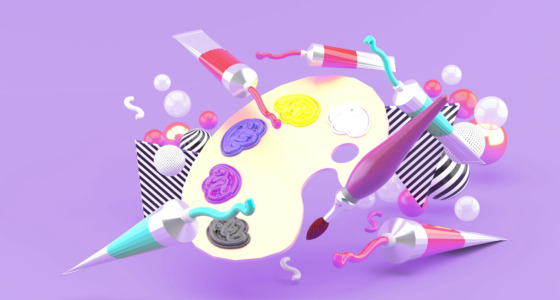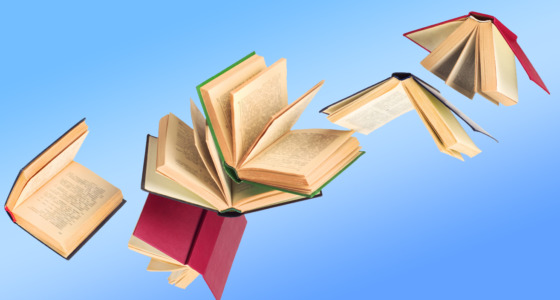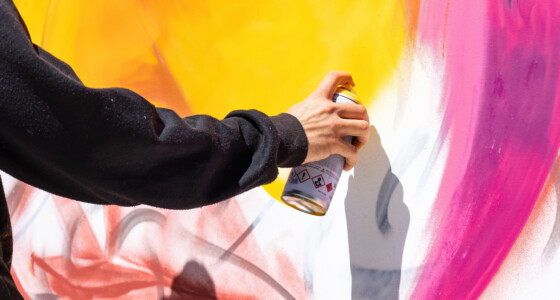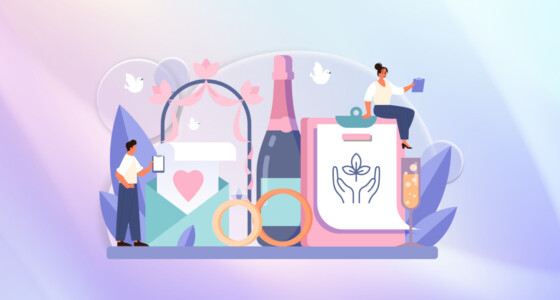

For centuries, art has been a domain where human creativity, imagination, and expression have thrived. But the emergence of AI art is slowly but surely changing this landscape. The Dead End Gallery in Amsterdam has taken a bold step in becoming the first-ever gallery to exclusively showcase AI-generated artworks. Some works don’t even have a human artist behind them — they’re just signed by “AI artists”. The price tags reach thousands of euros, so the gallery has certainly stirred up a lot of interest in the art world.
Where will AI art go from here?
Advancements in AI art

The history of AI art dates back to the 1960s when researchers first built autonomous robots to generate visuals. Since then, computer programs have evolved to closely mimic the human mind, and AI is now capable of more than people could imagine with just the press of a button.
This has given rise to a number of AI art generators, including well-known companies like NightCafe, DALL-E, Artbreeder, and Midjourney. These AI art platforms leverage cutting-edge technologies like neural networks, machine learning, and algorithms to create stunning visual art, as well as music and literature.
The notion of “fakes” and elevation of authenticity from consumers
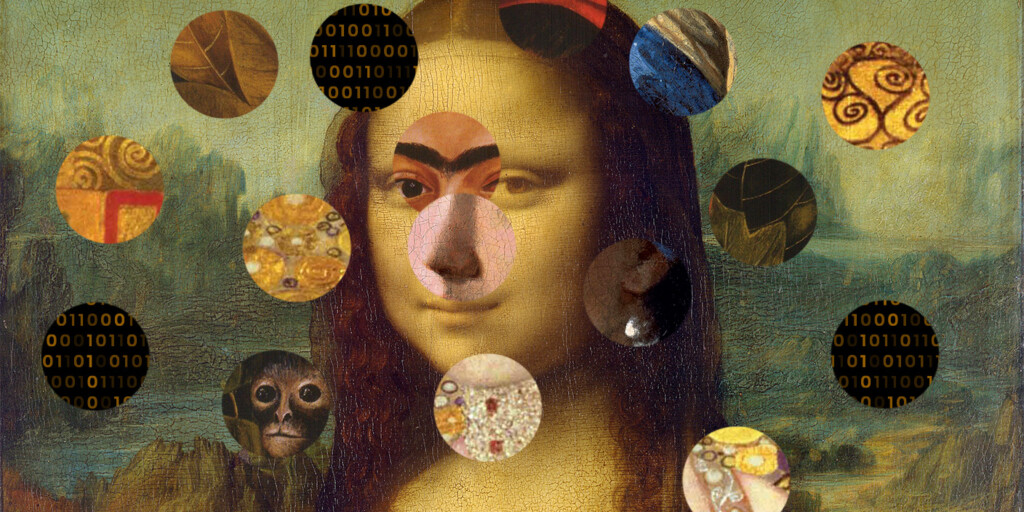
Art historians estimate that up to half of all commissioned artworks in the 16th century were copies of original pieces. As long as these copies were competently executed, they were considered almost as valuable as the original. However, in today’s art market, the price ratio between an original work of art and a good copy could be as high as 10,000:1. And with AI-generated art, the notion of authenticity may only become more important to consumers.
Traditional artists (painters, illustrators, and writers) will find new ways to differentiate their work from that of machines. Rather than posing a threat to original art made by humans, the advent of AI will only serve to increase its value. This phenomenon will result in a growing gap between human artists and machines, even as their technical abilities continue to converge.
Perhaps AI will never fully replicate the emotional depth and nuance that comes with a human artist’s touch. But it doesn’t mean it can’t be an important player in the art world.

Will artists take up AI as a new tool?
Many are wondering if human artists will embrace it as a new tool in their creative process. On the one hand, yes, artists throughout history have adopted new technologies and mediums to enhance their work. But the emergence of AI represents an interesting challenge. Unlike previous tools, AI creations are not created through the artist’s hand.
At the same time, human creativity is bound to find a way to make it their own, as with any new technology. AI-generated art will only be truly successful when there is a unique vision and creative direction of a human artist. Sure, AI is changing the perception of what constitutes “good” or “bad” art. But perhaps it’s high time people reconsidered their notions of what makes art valuable. In any case, AI is pushing artists to explore new frontiers of possibility, and it’s ultimately a good thing.
Sources:
The world’s first AI art gallery opens in Amsterdam, Euronews Culture
AI Art and How Machines Have Expanded Human Creativity, Artland
AI Will Make Human Art More Valuable, Wired
